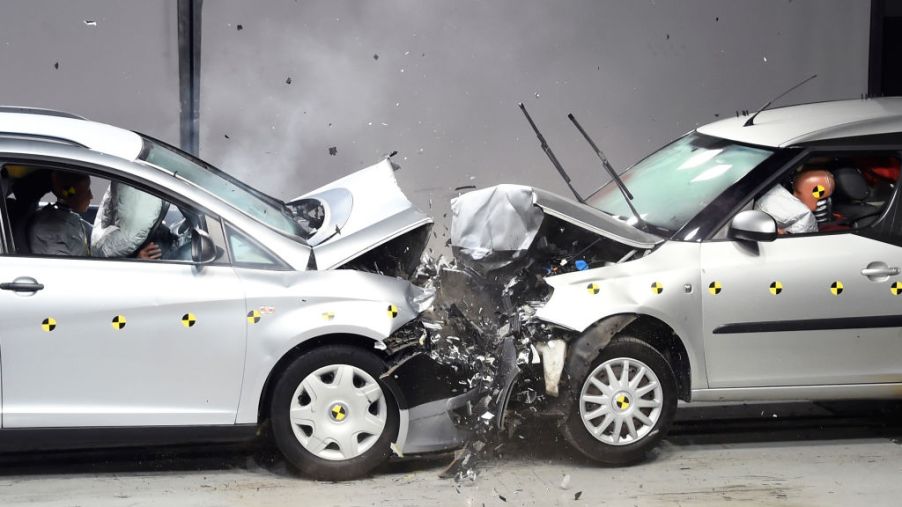
How Are Cars Crash-Tested?
One of the most important and overlooked scores a car receives involves safety. With so many new and impressive cars released each year, it’s easy to focus on things like speed, comfort, and technology. However, it’s crucial to research how your loved ones would be impacted in a wreck.
A car may make it to the market, but this doesn’t mean it received high safety scores. Thankfully, the National Highway Traffic Safety Administration takes testing seriously. The organization goes to great lengths to provide the public with information about how each car stands up to crashes.
The history of traffic safety
In 1970, the NHTSA was founded in response to President Lyndon B. Johnson signing the National Traffic and Motor Vehicle Safety Act and Highway Safety Act into law. Since then, the NHTSA continues to grow and evolve, finding better ways to test cars and develop safety measures that protect drivers and passengers.
How are cars crash-tested?
Crash-test dummies
Not all tests are created equal. Here are some of the main crash tests and crash-test dummies that make it all possible.
A key reason for crash-testing involves a wreck’s impact on the human body. This is where crash-test dummies come in.
Ranging from a toddler to tall adult, various dummy sizes account for different ages and heights. To make it more realistic, the dummy body parts work similarly to a human’s. How Stuff Works reports that the spine of each dummy is “made from alternating layers of metal discs and rubber pads.”
Each dummy is painted just before a test. This helps researchers see where it’s struck during the wreck, and just as crucially, what part of the car the dummy hit. Testers also place an accelerometer, as well as movement and load sensors in each dummy to see the severity of the damage.
Crash-test technology
Since many accidents profoundly hurt a person’s chest, the movement sensor is located in a dummy’s chest to see how much that area is affected. Load sensors can tell testers how much force a specific bone can take before breaking and how this will be impacted in a crash.
An accelerometer tests the direction that an object — like someone’s head –accelerates. When you’re in a crash, your body will get flung around, making an impact with the objects around it. Since there are a lot of hard objects in a car, this test is crucial.
Crash tests
The National Highway Traffic Safety Administration performs two types of crash tests on cars: 35-mph frontal impact and 35-mph side impact.
35-mph frontal impact
Using a pulley system, a vehicle drives directly into a solid concrete wall at 35 miles per hour, simulating what would happen if a car hits another car head-on. According to How Stuff Works, the car being tested was 23 inches shorter after the crash. High-speed cameras keep a visual record of what happens, which testers review later.
35-mph side impact
This test is designed to see what would happen to a vehicle that runs through an intersection and sideswipes the car being tested. A sled is used in the place of another car.
Safety measures
Seat belts and airbags are used to slow down how fast your body moves in a crash and helps protect you from hitting anything hard. These safety tools can sometimes do more damage than good, however.
Researchers are working on smart airbags, which would only deploy at certain speeds. This technology considers where someone is seated and where the car is impacted. With added technology, like better child seating, as well as safety features like blind-spot warning and drowsiness detection, car safety has come a long way.


